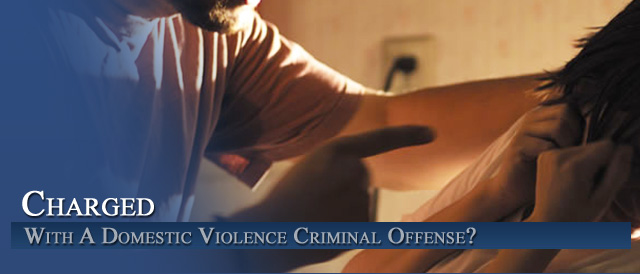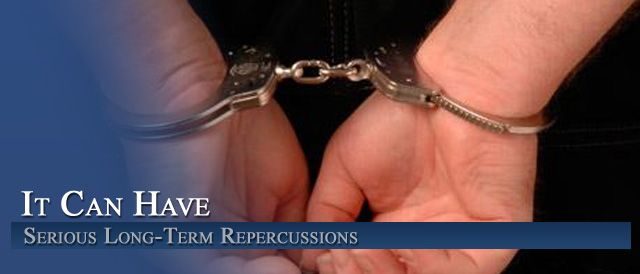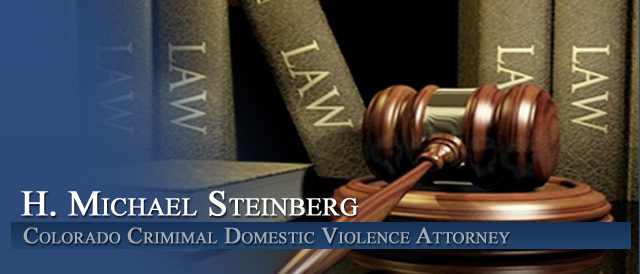




Colorado Law: A New Idea In An Old Problem – Sequential Viewing for Identification Lineups -Eyewitness Identification Methods
reprinted here by H. Michael Steinberg – The Steinberg Colorado Criminal Defense Law Firm
Introduction – Over and over the main fallibility in Criminal Trials has been the failure of identification testimony. One are of major concern is the photo lineup – the so called 6 pack. A new idea is emerging and deserves our support. The sequential lineup – here is an article that explores this new idea – it is reprinted below.
In recent years many states and cities have moved to overhaul lineups, as DNA evidence has exposed nearly 200 wrongful convictions, three-quarters of them resulting primarily from bad eyewitness identification.
In the new method, the police show witnesses one person at a time, instead of several at once, and the lineup is overseen by someone not connected to the case, to avoid anything that could steer the witness to the suspect the police believe is guilty.
But now, the long-awaited results of an experiment in Illinois have raised serious questions about the changes. The study, the first to do a real-life comparison of the old and new methods, found that the new lineups made witnesses less likely to choose anyone. When they did pick a suspect, they were more likely to choose an innocent person.?
Advocates of the new method said the Illinois study, conducted by the Chicago Police Department, was flawed, because officers supervised the traditional lineups and could have swayed witnesses.
But the results have empowered many critics who had worried that states and cities were caving in to advocacy groups in adopting the new lineups without solid evidence that they improved on the old ones.
“There are people who’d say it’s better to let 10 guilty persons free to protect against one innocent person being wrongfully convicted,” said Roy S. Malpass, a professor at the University of Texas at El Paso and an analyst for the Illinois study, who served on a research group on eyewitness identification for the National Institute of Justice in 1999.
The new lineups lack some of the drama of the old. In some places, witnesses view lineups on laptop computers to make them completely “blind” to influence from someone administering the process.
Psychologists who favor these so-called sequential double-blind lineups say that showing witnesses people one at a time makes lineups more difficult for the witness, and therefore better. Witnesses have to compare the person in front of them against their memory of the crime, rather than simply against the other faces in the lineup.
“It turns a lineup into a much more objective, science-based procedure,” said Gary L. Wells, a professor of psychology at Iowa State University and a prominent proponent of blind sequential lineups. “The double-blind is a staple of science; it makes as much sense to do it in a lineup as it does in an experiment or drug trial.”
In classroom studies by Dr. Wells and others, the sequential method was found to reduce the number of times witnesses chose an innocent person, without reducing the number of times they chose the right one.
The movement to change lineups took off in the 1990’s after a growing number of DNA exonerations. New Jersey was the first state to adopt the sequential method, in 2001. The Wisconsin Legislature recently recommended the same approach, as did commissions in North Carolina, Virginia and, last week, California. Boston and Hennepin County, which includes Minneapolis, use sequential lineups, and Washington, D.C., is studying them in one district.
Still, lineup methods remain an open debate: law enforcement officials in California and New York have resisted changes, arguing that the evidence in favor of the sequential approach is not firm.
A guide for prosecutors produced in 1999 by the National Institute of Justice study group said “there is not a consensus” and declined to recommend sequential lineups as a “preferred” method.
But before the Illinois study, released last month, no one had compared the two methods in the field.
The experiment was part of an overhaul package recommended in 2002 by the Governor’s Commission on Capital Punishment, set up by former Gov. George Ryan of Illinois after DNA evidence exonerated several death row inmates. It tested the two methods for a year in three dissimilar cities; half the lineups were conducted sequentially and half were done simultaneously.
“Surprisingly,” the study said, the sequential lineups proved less reliable than the simultaneous ones.
Out of 700 lineups, witnesses in those using the simultaneous method chose the correct suspect 60 percent of the time, compared with 45 percent of the time for the sequential lineups. Witnesses in the sequential lineups were more likely to pick the wrong person — someone brought in as filler — choosing incorrectly 9 percent of the time, versus just 3 percent in the simultaneous lineups.
And witnesses declined to make a pick in 47 percent of the sequential lineups, compared with 38 percent of the simultaneous ones. (Percentages were rounded.)
“If you are going to take officers outside their comfort zone, you have to be able to sell them on the reasons you are doing it,” said Sheri Mecklenburg, general counsel to the superintendent of the Chicago Police Department and director of the experiment. “Based on this study, I think we’d have a difficult time having them believe this is a way to get more reliable eyewitness identifications.”
Prosecutors elsewhere say the results make them less inclined to move to sequential lineups.
“I think many prosecutors think doing it sequentially runs contrary to human nature,” “Human nature tells me that having the ability to compare is more helpful than destructive. Doing it sequentially is almost like this is a trick question.”
Dr. Wells of Iowa State said the Illinois study had not validly compared the two lineup methods because simultaneous lineups had not been done “blind.”
But Dr. Malpass of the University of Texas and Ms. Mecklenberg said the point was to study the new method against the status quo.
But others say changes to lineups should focus on other elements that studies have shown produce more reliable picks: reducing pressure on witnesses by advising them that they do not have to pick someone; making sure that “fillers” strongly resemble the suspect; and recording what the witness says upon choosing a suspect, so juries can hear how certain they were about a pick.
“I don’t understand why the rest of these reforms shouldn’t be adopted immediately,” said Barry C. Scheck, a co-director of the Innocence Project, a legal clinic that uses DNA evidence to try to overturn wrongful convictions. “The controversy over sequential blind has obscured the fact that all the other reforms are not in dispute.”
Ms. Mecklenburg, in Chicago, said, “There are no sides in this debate.”
Other Articles of Interest:
- Outrage In Criminal Prosecutions – The Damage Done By Prosecution “Experts” In Ballistics
- Colorado Domestic Violence Cases – How Do I Get Off Of This Ride? Discharge Standards and the Completion of Court Ordered Mandated Treatment – Part II
- Colorado Criminal Domestic Violence Cases – The Critical Impact of Expert Opinions On The Jury – The Battered Woman’s Syndrome And Other Issues For Expert Testimony
- Colorado Domestic Violence Defense Lawyer – Understanding The Problem Of Identifying The Primary Aggressor In Domestic Violence Cases
- FAQ How to Seal a Domestic Violence Case That Has Been Dismissed












